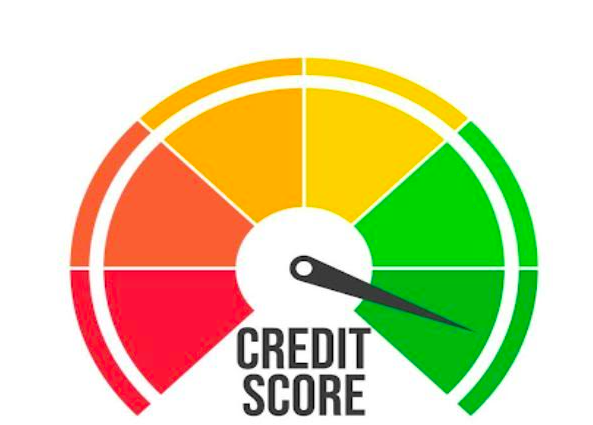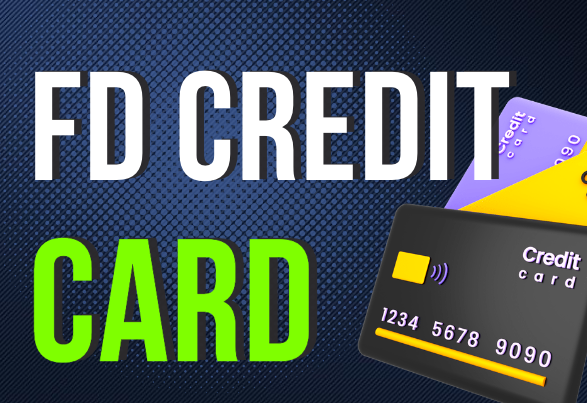The Card Verification Value (CVV) number is a critical component of credit and debit card security, providing an additional layer of protection against fraudulent transactions. Understanding what the CVV number is and how it works is essential for both cardholders and merchants. In this guide, we’ll explore the significance of the CVV number, its purpose in verifying card-not-present transactions, and how it differs from other card security features. By understanding the role of the CVV number, individuals can take proactive steps to safeguard their financial information and prevent unauthorized use of their payment cards. Let’s delve into the world of CVV numbers and uncover their importance in modern card security.

Introduction to CVV Numbers
The Card Verification Value (CVV) number, also known as the Card Verification Code (CVC) or Card Security Code (CSC), is a crucial security feature found on credit and debit cards. This three or four-digit code serves as an additional layer of protection against fraudulent transactions, especially in card-not-present scenarios like online or over-the-phone purchases.
Unlike the card number and expiration date, which are embossed or printed on the card, the CVV number is typically located on the back of the card, near the signature panel for Visa, Mastercard, and Discover cards, and on the front for American Express cards. Understanding the purpose and significance of CVV numbers is essential for both cardholders and merchants, as they play a vital role in verifying card authenticity and reducing the risk of unauthorized transactions.
Importance of CVV Numbers in Card Security
The CVV (Card Verification Value) number plays a crucial role in enhancing card security by providing an additional layer of verification during transactions. This three or four-digit code, located on the back or front of credit and debit cards, helps authenticate card-not-present transactions, such as online or phone purchases. Unlike the card number and expiration date, which may be compromised in data breaches, the CVV number is typically not stored by merchants or transmitted in transactions, making it less vulnerable to fraud.
The importance of CVV numbers lies in their ability to help verify that the individual initiating the transaction possesses the physical card, thus reducing the likelihood of unauthorized purchases by fraudsters. By requiring the CVV number during transactions, merchants can enhance security measures and provide greater peace of mind to cardholders, mitigating the risk of fraudulent activity and protecting sensitive financial information.
Understanding the Purpose of CVV Numbers
The purpose of CVV (Card Verification Value) numbers is to provide an additional layer of security in card-not-present transactions, such as online or over-the-phone purchases. Unlike the card number and expiration date, which are visible on the card and transmitted in various transactions, the CVV number is not stored on the magnetic stripe or embedded in the chip, making it less susceptible to theft or interception.
CVV numbers serve to verify that the person initiating the transaction possesses the physical card, as they are typically not included in receipts or stored by merchants. This helps reduce the risk of fraudulent transactions by adding an extra authentication step. By requiring the CVV number during transactions, merchants can verify the legitimacy of the card and mitigate the risk of unauthorized purchases, thereby enhancing overall card security for both cardholders and merchants.
How CVV Numbers Protect Against Fraudulent Transactions
CVV (Card Verification Value) numbers protect against fraudulent transactions by serving as an additional authentication measure. Especially in card-not-present scenarios like online purchases. Since CVV numbers are not stored on the card’s magnetic stripe or chip. They are not easily accessible to fraudsters who may have obtained the card number through data breaches or other means.
During a transaction, merchants typically require the CVV number to verify that the individual making the purchase has physical possession of the card. This helps prevent unauthorized use of stolen card numbers, as fraudsters are less likely to have access to the CVV number. Additionally, CVV numbers are not included in transaction receipts, further reducing the risk of unauthorized access.
Differences Between CVV Numbers and Other Card Security Features
CVV (Card Verification Value) numbers differ from other card security features in several key aspects. Unlike the card number and expiration date, which are embossed or printed on the card itself. CVV numbers are typically not stored on the magnetic stripe or embedded in the chip. This makes CVV numbers less vulnerable to theft or interception in data breaches or skimming attacks.
Furthermore, while the card number and expiration date are required for most transactions. CVV numbers are primarily used to authenticate card-not-present transactions, such as online or over-the-phone purchases. Additionally, CVV numbers are not included in transaction receipts or stored by merchants, providing an extra layer of security.
Where to Find the CVV Number on Different Types of Cards
The location of the CVV (Card Verification Value) number varies depending on the type of card. For Visa, Mastercard, and Discover cards, the CVV number is typically found on the back of the card, near the signature panel. It is a three-digit number printed in the signature area, following the last four digits of the card number.
On American Express cards, the CVV number is located on the front of the card, typically above the card number. It is a four-digit number printed on the right side of the card, either above or below the card number.
It’s important to note that the CVV number is not embossed like the card number and expiration date. But is instead printed flat on the card’s surface.
Best Practices for Safeguarding Your CVV Number
Safeguarding your CVV (Card Verification Value) number is essential for protecting your card against unauthorized use and fraudulent transactions. Follow these best practices to keep your CVV number secure:
- Memorize your CVV number and avoid writing it down or storing it electronically.
- Never share your CVV number with anyone, including friends, family. Or unknown callers claiming to be from your bank or card issuer.
- Be cautious when entering your CVV number online and ensure that websites are secure before providing sensitive information.
- Avoid sharing your CVV number via email, text messages, or social media platforms. As these channels are susceptible to interception by cybercriminals.
- Regularly monitor your card statements for any unauthorized transactions and report any suspicious activity to your card issuer immediately.
- When disposing of old cards, shred them to ensure that the CVV number cannot be retrieved from discarded cards.
CVV Number Verification in Card-Not-Present Transactions
CVV (Card Verification Value) number verification is a crucial security measure in card-not-present transactions, such as online or over-the-phone purchases. During these transactions, merchants typically request the CVV number. To verify that the individual making the purchase possesses the physical card.
Upon receiving the CVV number, merchants compare it with the one stored by the card issuer to authenticate the transaction. If the CVV number matches, it provides an additional layer of assurance that the cardholder is genuine. And also reducing the risk of fraudulent activity.
Limitations and Considerations Regarding CVV Number Security
While CVV (Card Verification Value) numbers provide an additional layer of security. They have limitations and considerations that users should be aware of. One limitation is that CVV numbers are static and do not change, unlike dynamic security features such as EMV chips. This makes them susceptible to theft if stored improperly or if a cardholder falls victim to phishing scams.
Additionally, CVV number verification is not foolproof and does not guarantee protection against all forms of fraud. Fraudsters may still attempt to obtain CVV numbers through social engineering tactics or data breaches.
Moreover, since CVV numbers are typically required for card-not-present transactions. They may not prevent unauthorized use of stolen physical cards. In such cases, additional security measures like address verification systems (AVS). 3D Secure protocols may be necessary to enhance security.
Conclusion: The Role of CVV Numbers in Modern Payment Security
In modern payment security, CVV (Card Verification Value) numbers play a vital role as an additional layer of authentication, particularly in card-not-present transactions. While not foolproof, CVV numbers enhance security by verifying the legitimacy of transactions. Reducing the risk of unauthorized use of payment cards. They provide peace of mind to both cardholders and merchants by mitigating fraud risks. However, it’s essential to recognize the limitations of CVV numbers and implement additional security measures to safeguard against evolving threats. Overall, CVV numbers contribute significantly to modern payment security, bolstering confidence in the integrity of electronic transactions.
Also Read:
- What is Dividend Investing and How to find Dividend Stocks?
- How do new mobile banking apps help access savings account better?
- Financial Advisor in India – The Best for your Financial Planning?
- What is inflation and how it impacts your financial plan?

Hello, I am Tanisha Kriplani, graduated in computer science from Delhi University. I am passionate about web content writing and have a strong interest in Data Analytics and Data Engineering.












